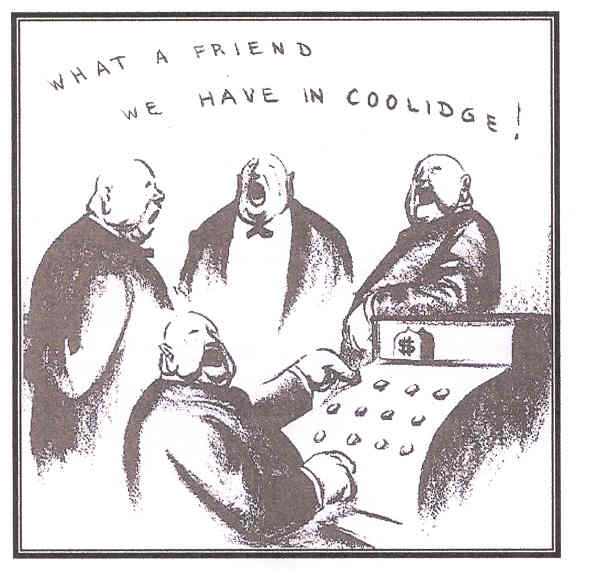The Roaring 20s - Part I - Extended Time
- APUSH
Submit
2.
We’ll put your name on your report, certificate, and leaderboard.
Submit










 Back to top
Back to top






